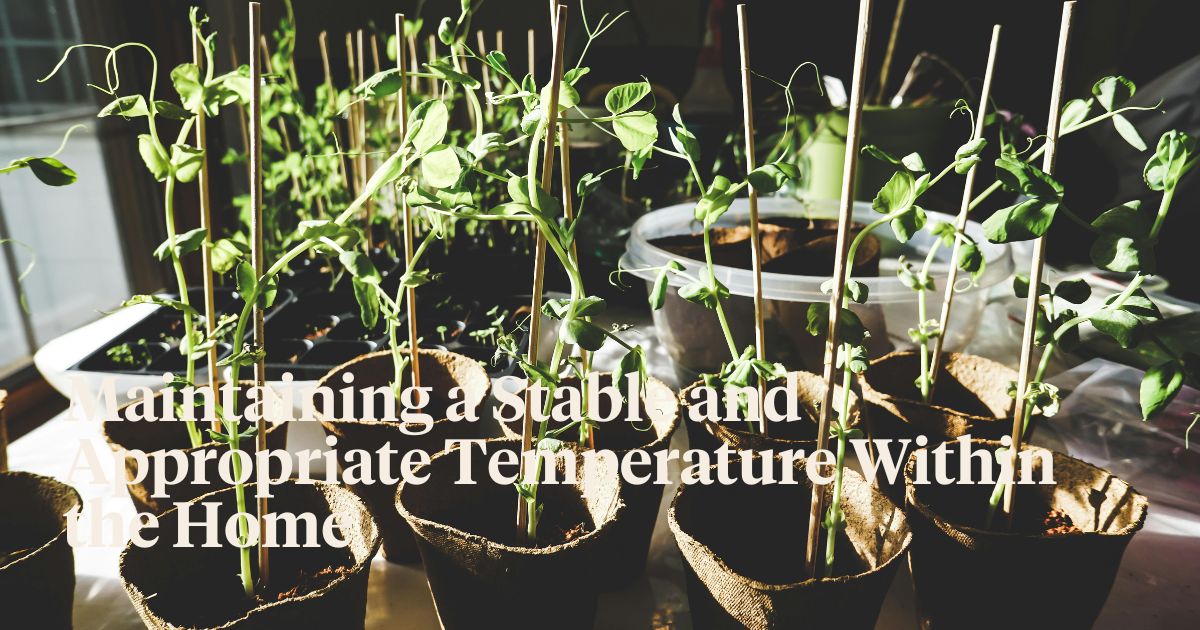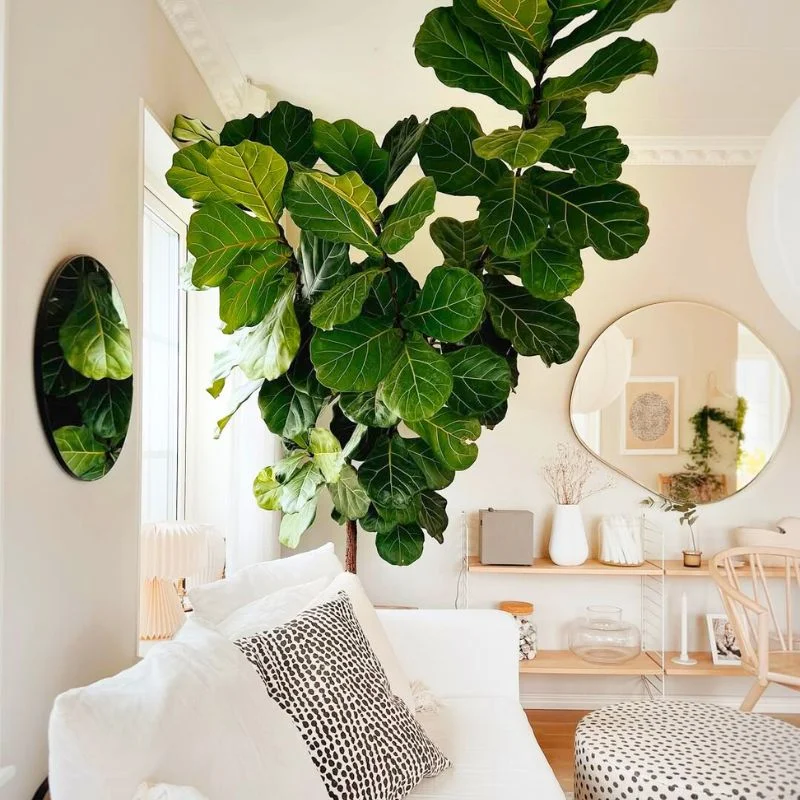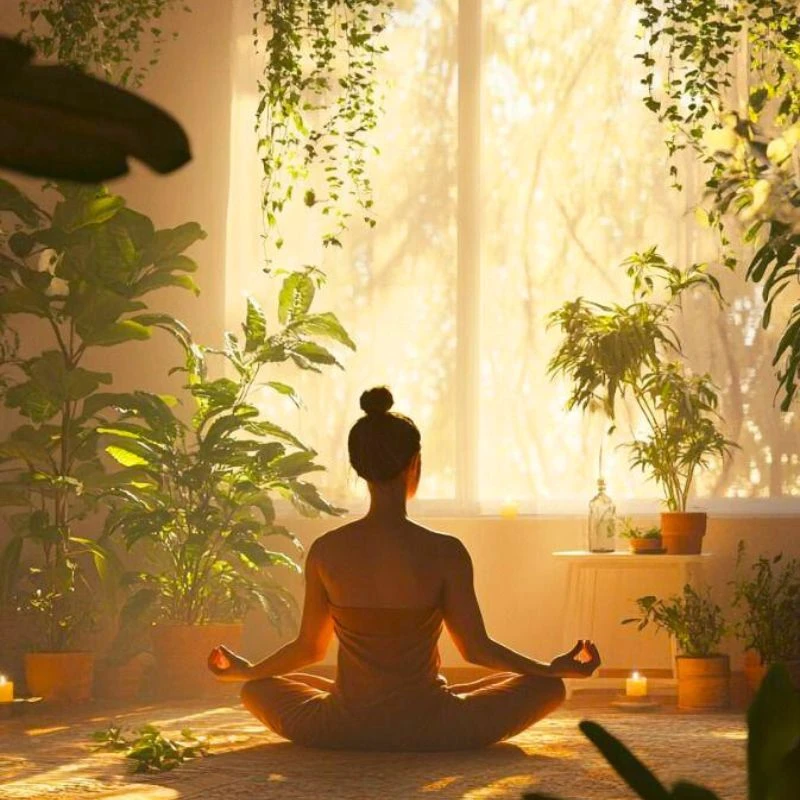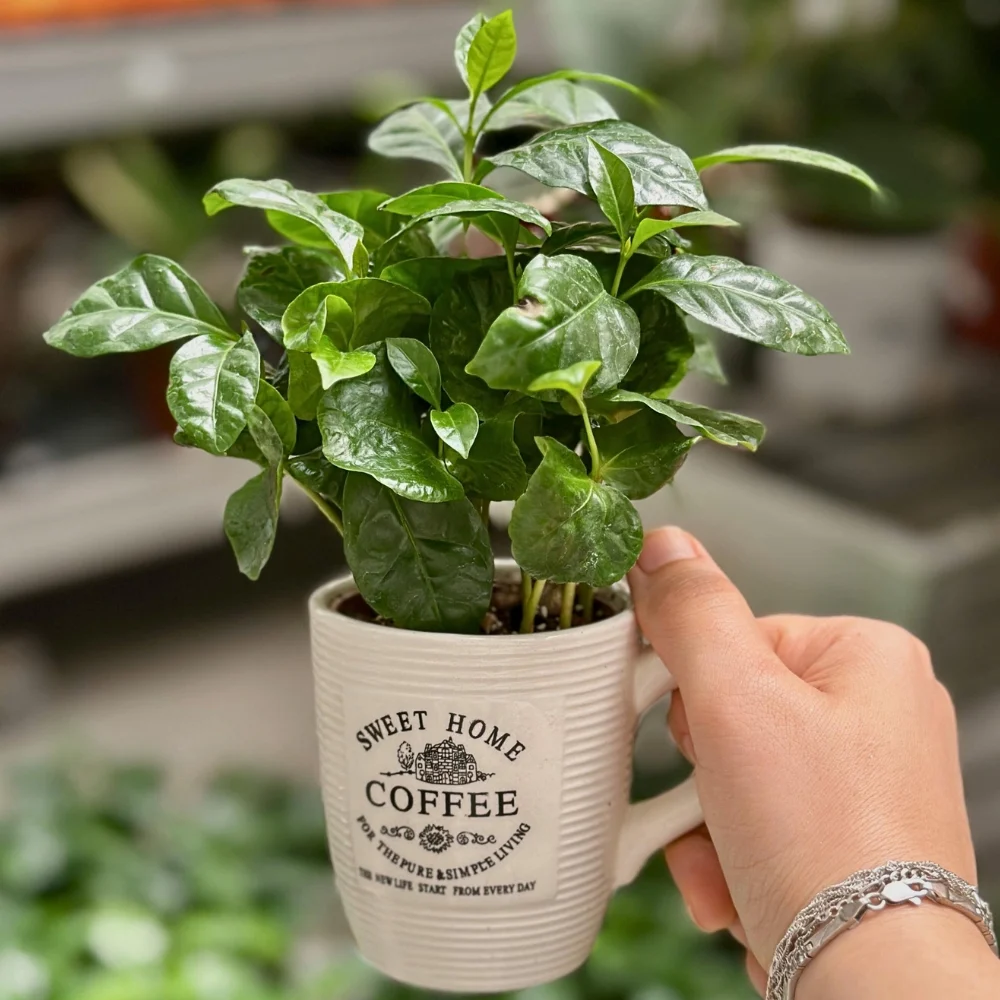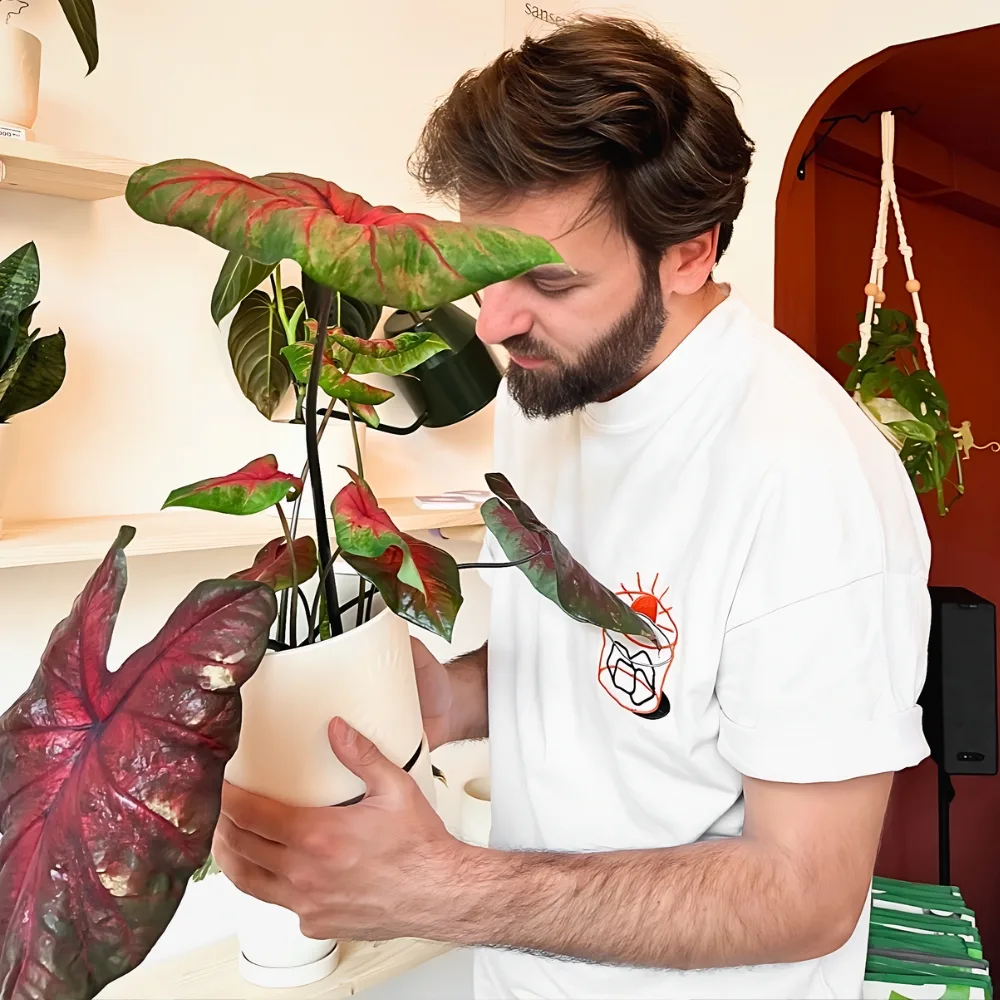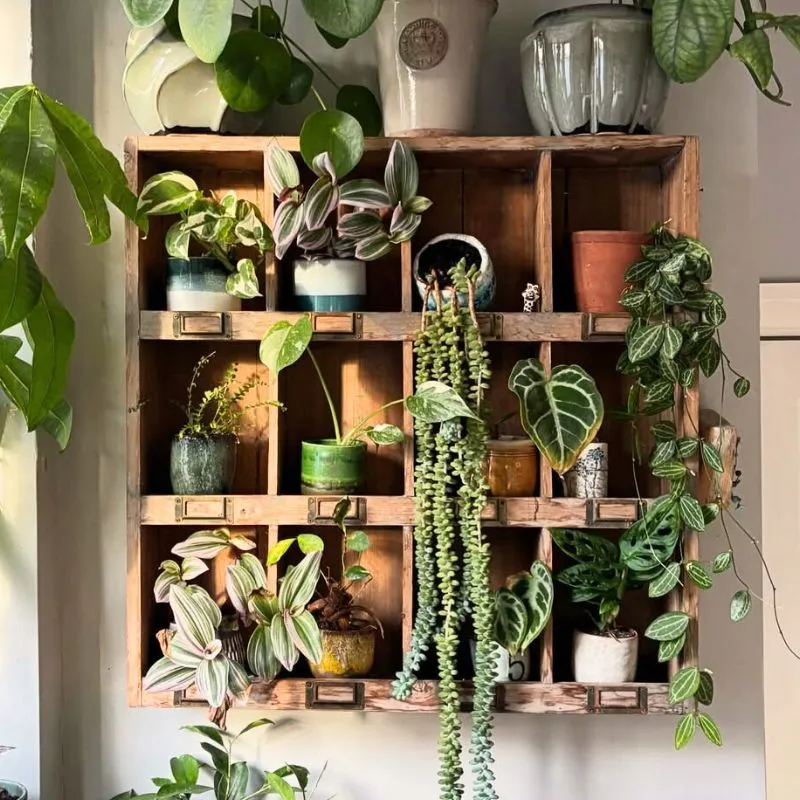Indoor plants can bring life and vitality to any interior space, but just like their outdoor counterparts, they are vulnerable to environmental stressors, with heat being one of the most challenging.
Heat stress in indoor plants can lead to a host of problems, including drooping leaves, burnt patches, and even the death of the plant. Maintaining a stable and appropriate temperature within the home is crucial to ensuring the health and longevity of indoor plants.
This guide provides practical tips on how to protect your indoor greenery from the ravages of heat stress, ensuring it remains a vibrant and thriving part of your decor.

Monitor Indoor Temperatures
Monitoring indoor temperatures is crucial for the health of houseplants, particularly during the peak heat of summer. Plants are sensitive to temperature extremes, which can impact their growth and physiological functions.
By keeping indoor temperatures within a range of 65-75°F (18-24°C), you can ensure that your plants are in an environment that promotes their health and vitality.
Digital thermometers are a simple yet effective tool for this purpose. They provide precise readings and can be easily placed in multiple rooms to help you monitor the conditions throughout your home.
If your indoor climate fluctuates wildly or you live in a particularly hot region, it might be wise to consult technician. They can assess your current systems and suggest improvements to better control indoor temperatures and humidity levels.
Avoid Direct Sunlight
Many indoor plants benefit from bright, indirect light rather than exposure to the harsh rays of direct sunlight, which can magnify through windows and create excessively hot conditions that damage plant tissues.
To protect plants from direct sunlight, positioning them near windows that receive filtered light or behind sheer curtains can be effective. Sheer curtains allow ample light to enter but diffuse the intensity of direct sun rays, providing a balanced light environment that supports the growth of plants without the associated heat stress.
Plants that require more light without heat can also be placed in rooms with north-facing windows or used with adjustable blinds to control light exposure during the day.

Circulate Air Properly
Effective air circulation is key to managing temperature and promoting a healthy environment for indoor plants. Stagnant air can lead to heat buildup and increase the likelihood of plant diseases.
Utilizing ceiling fans or oscillating fans helps keep the air moving, which not only cools the plants but also helps to evaporate excess moisture on leaves, thereby reducing the risk of fungal infections.
It's important to ensure that fans are not pointed directly at plants, as this can cause rapid dehydration. Instead, fans should be positioned to provide a gentle, indirect breeze that circulates throughout the room.
Utilize Humidity Trays
Humidity trays are a simple and efficient way to increase the humidity around plants, which is particularly beneficial in air-conditioned rooms where the air tends to be dry.
By filling a tray with water and pebbles and placing it beneath plant pots, you create a microenvironment of increased humidity. As the water evaporates, it raises the moisture level in the immediate vicinity of the plant, helping to offset the drying effects of hot air.
Regularly topping up the water ensures that there is a consistent supply of moisture to help combat the drying effects of indoor heat.
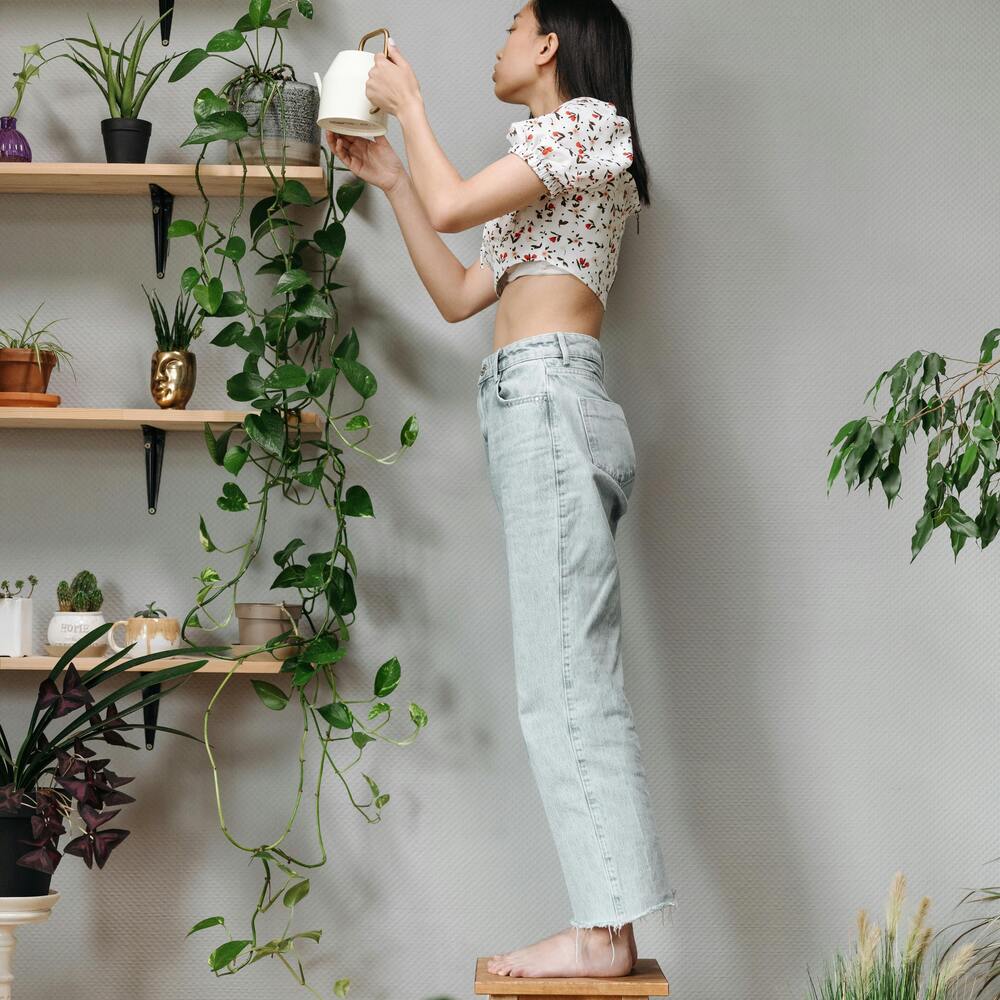
Adjust Watering Schedules
As temperatures rise, the rate of evaporation increases, and plants may use water more rapidly. It's crucial to check the soil's moisture level regularly to ensure that plants have enough moisture without overwatering. Use a finger or a soil moisture meter to assess the dampness of the soil; it should feel moist but not waterlogged.
Deep watering encourages roots to grow deeper into the soil, which helps them access water more efficiently and become more resilient to heat. However, frequent shallow watering can lead to weak root systems and increase the risk of root rot, particularly if the soil does not dry out adequately between watering sessions.
Apply Mulch To Pots
Mulching is a highly effective method to conserve moisture and regulate soil temperature in potted plants. By applying a layer of organic material such as bark, straw, or coco coir to the soil surface, evaporation from the soil is significantly reduced, and the root zone is kept cooler.
This layer also acts as a barrier between the soil and the air, preventing direct sunlight from heating the soil too much, which can be harmful to roots.
Furthermore, as organic mulches gradually break down, they contribute nutrients to the soil, enhancing its quality and supporting overall plant health.
Choose Heat Tolerant Species
Selecting plant species that are naturally more resistant to heat can greatly reduce the burden of managing heat stress. Plants like succulents and cacti are particularly well-suited to hot, dry conditions as they store water in their leaves or stems, allowing them to withstand prolonged periods of heat.
Tropical plants, such as bromeliads, certain palms, and orchids, are also good choices because they are adapted to thrive in warm environments with high air humidity.
Use Reflective Materials
Reflective materials can be used creatively to protect plants from excessive heat. Materials such as aluminum foil or reflective mulches placed around the plant can reflect sunlight away, significantly reducing heat absorption by the soil and nearby surfaces.
This method is particularly useful for plants located near windows or in sunrooms where sunlight can be intense. Reflective materials not only prevent heat buildup but also help to maintain more consistent soil temperatures, contributing to healthier plant growth.
Wrapping Up
Keeping your indoor plants cool isn't magic! With a little attention, you can create a haven for your leafy friends. By following these eight tips, you'll be a pro at monitoring their environment, picking the perfect spot, and giving them the TLC they need.

